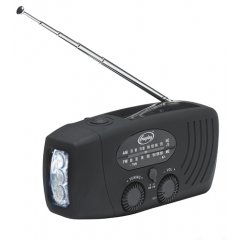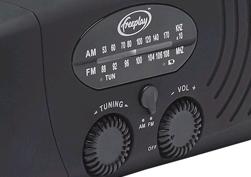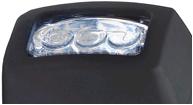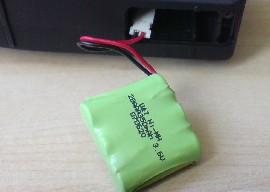Choosing a suitable transformer for use with 12 Volt DC LED lighting
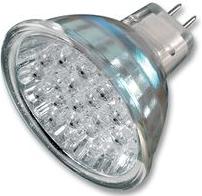
12 Volt LED light bulbs can either be powered directly from a 12V DC source (such as a battery bank) or via a transformer which turns mains electricity (240VAC in the UK) into 12 Volts DC.
Existing transformers typically used with halogen spotlights can usually be used however there is one problem. Since the transformer expects one or more 30+ Watt bulbs to be connected to it, the voltage output when a few 1 Watt LED spotlights are connected can exceed the transformer's 12V rating. LED spotlights are sensitive to voltage, with 13 to 13.5V being the typical absolute maximum useable before permanent damage to the bulbs occurs.
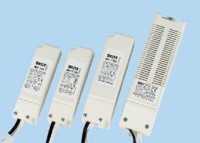
One way around this problem is to keep at least one halogen spotlight in every lighting circuit containing LED spotlights to keep the voltage down. However, this is inefficient because a) halogen bulbs use 20x more energy than LED bulbs, and because b) any transformer which has this problem is likely to be inefficient anyway.
Transformers for 12 Volt LED Lighting
Now that 12V LED spotlights are becoming more common, a wide selection of dedicated LED enabled transformers are coming onto the market. Though typically a little more expensive than a standard transformer, they ensure that LED light bulbs will last their full lifetime. LED transformers also work efficiently thereby more than covering the small initial extra cost with electricity savings.There are two basic types of LED transformer: constant current and constant voltage:
A constant voltage LED driver (ie transformer) will output exactly 12.0V DC. 12V LED spotlight bulbs and other 12V powered LED units can be connected in parallel to such a driver. Thanks to the parallel connections, if one bulb dies, the remaining bulbs will stay on.
A constant current LED driver will ouput a fixed current - for example, 350mA models are available for use with 1 Watt LED bulbs (not 12V LED spotlights). The bulbs must be connected in series to such a device.
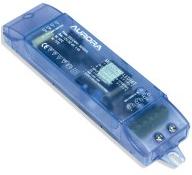
For 12 Volt DC LED spotlight bulbs, the constant voltage option should be used. Pictured above is the Aurora AU-LED16T, a constant voltage LED driver. This driver can be used to power up to 16 12 Volt DC 1 Watt LED spotlights, or any mixture of 1, 2, 3W etc spotlights totalling a maximum of 16 Watts power consumption. There are connection points for three separate parallel strings of bulbs from the driver making it easy to minimise the amount of wire required to connect up a full lighting circuit.
The AU-LED16T has loop-in, loop-out primary wiring terminals so there is no need for a junction box, and it offers short circuit protection, thermal protection (to prevent overheating), and surge protection. This product is currently available in the UK for around £15.
Click here for the AU-LED16T Instructions (PDF).
Dimmable Transformers
Standard transformers cannot be used with LED bulbs. Fortunately new dimmable LED drivers are coming onto the market. They are still pretty expensive, but prices will come down in the next couple of years, and the electricity cost savings are still sufficient to cancel out the extra initial costs.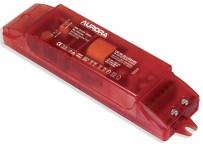
Pictured above is the Aurora AU-LEDD16CC, a 1-16Watt dimmable 350mA constant current LED driver (transformer). It is designed to be used with 1 Watt LEDs (and not for 12V spotlight bulbs), and can power up to 16 1W LEDs in two series-connected circuits of 1-8 LEDs.
This driver is fitted with overload protection, short-circuit protection, and surge protection, and comes with a full 3 year guarantee. It's currently available in the UK for around £40. Click here for the Aurora AU-LEDD16CC Instructions (PDF).

